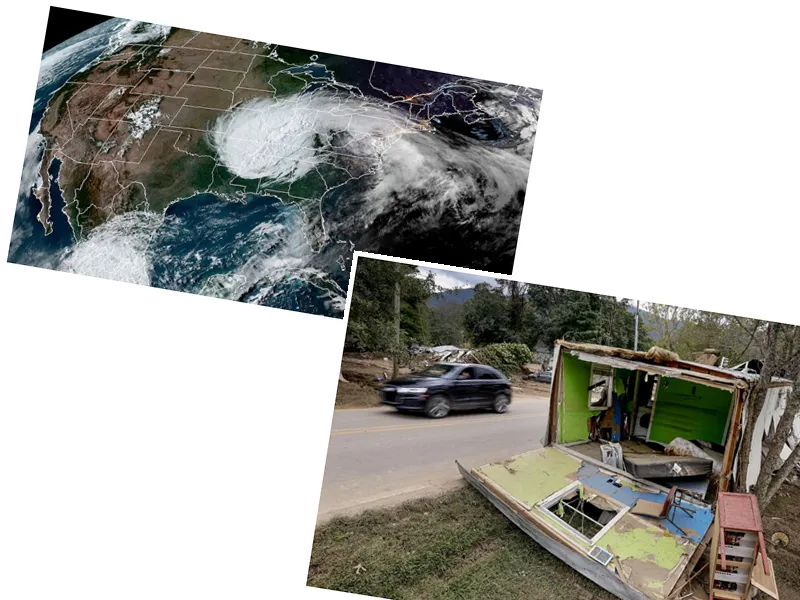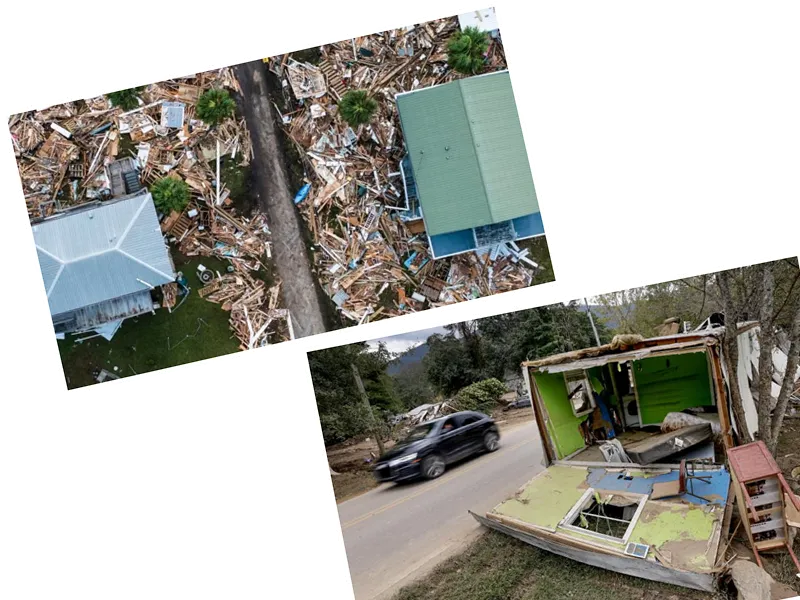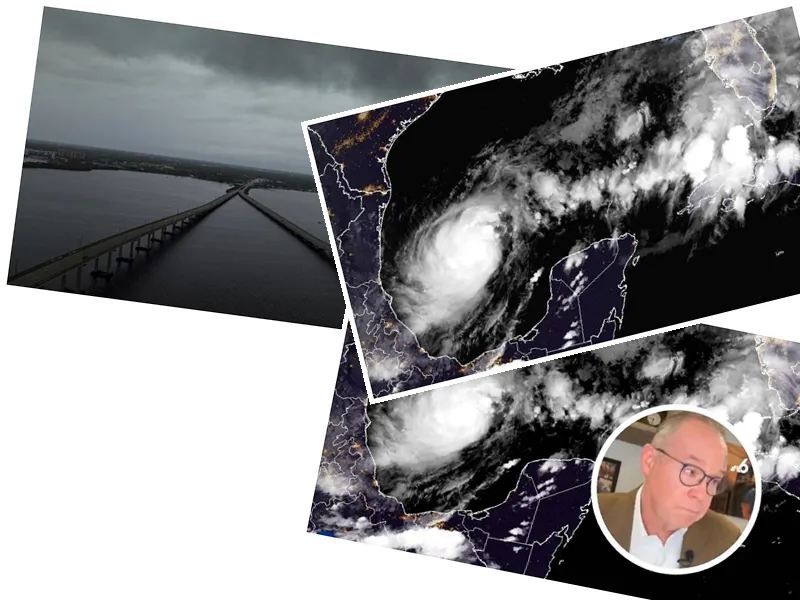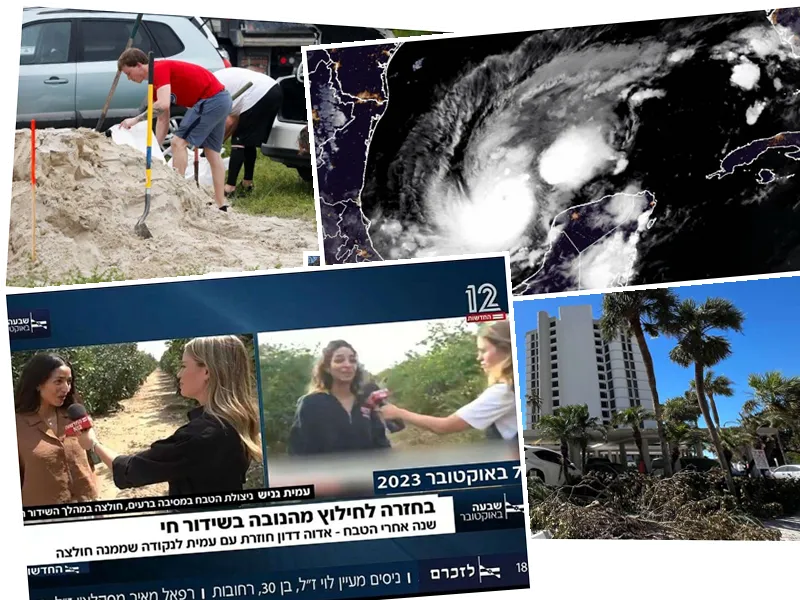Hurricane Beryl Hits US Coast and Leaves Trail of Devastation
Hurricane Beryl has made landfall near Matagorda, Texas, bringing with it wind speeds of almost 130 kilometers per hour. The US Hurricane Center (NHC) has warned of life-threatening flooding caused by storm surges along the coast. Matagorda, located approximately 130 kilometers southwest of Houston, experienced significant power outages, with around 270,000 households affected.
Texas Prepares for Hurricane Beryl
In preparation for Hurricane Beryl, Texas officials have urged residents to evacuate and take necessary precautions. Lieutenant Governor Dan Patrick declared a state of emergency in 121 counties, and evacuation orders were issued in Refugio County. The NHC forecasts that Beryl will weaken over land and move northeastward, affecting East Texas and Arkansas.
Impact of Climate Change on Hurricanes
Beryl's intensity has been linked to climate change, with warmer ocean waters contributing to stronger storms. This hurricane season has seen unprecedented storm activity, with Beryl becoming the fastest Category 5 hurricane on record in the Atlantic. The storm has caused significant damage across the Caribbean and Mexico, highlighting the increasing severity of hurricanes due to climate change.
- Heavy rains, strong winds, and storm surges have already begun to affect the Texas coast. The National Hurricane Center has issued hurricane and storm surge watches for various regions, including Corpus Christi and Galveston Bay. Residents have been advised to prepare for flash floods and possible tornadoes.
- Beryl has left a trail of devastation across the Caribbean and Mexico, with at least eleven fatalities reported. In the Caribbean, more than 90% of houses on some islands were damaged or destroyed. In Mexico, the storm caused widespread power outages and uprooted trees.
- Climate change has played a significant role in the intensification of hurricanes like Beryl. The abnormally warm ocean waters have led to stronger and more frequent storms, posing a greater threat to coastal regions. Studies have shown that modern storms are capable of producing more rain and stronger winds compared to similar storms from past decades.






